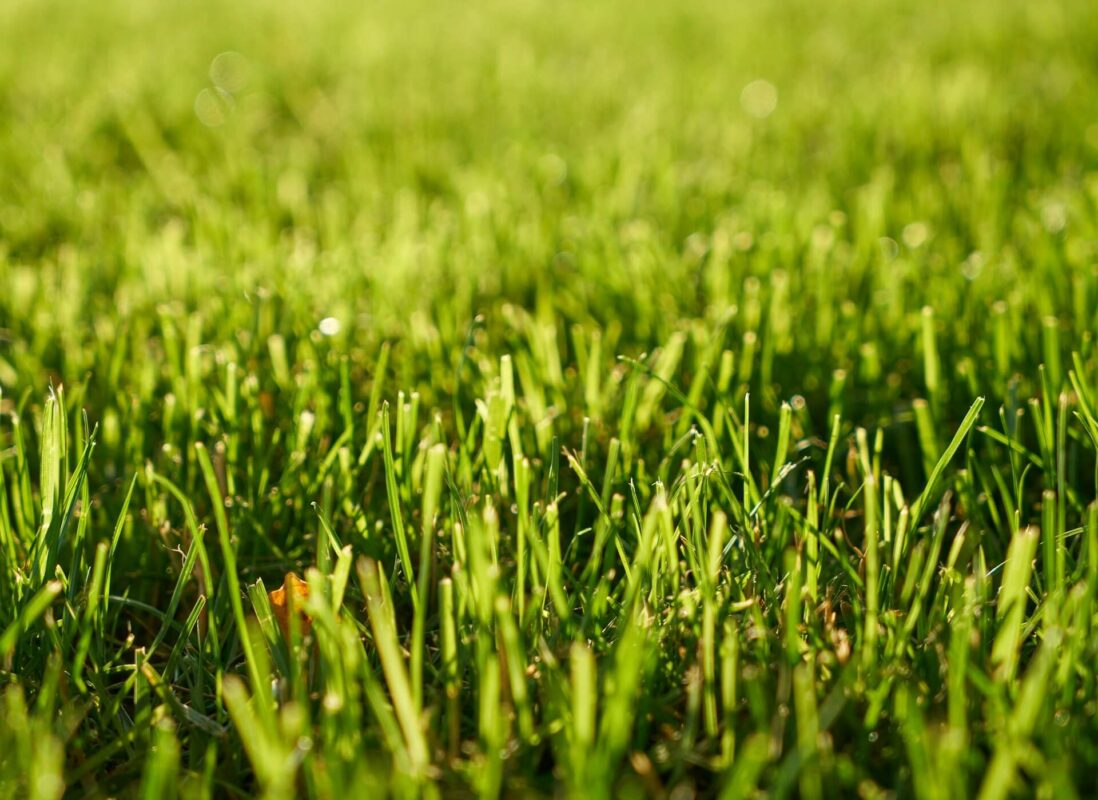Peaceful Coexistence: Keeping Deer from Eating Your Wildflowers

Living in an area that is well-known as deer country, I’ve become accustom to the ongoing battle these beautiful pests wage on our landscapes. And like most folks, I’ve tried several tricks over the years in an attempt to discourage deer from eating up flowers, shrubs, and other parts of the landscape. But before I continue I want to make it clear that I don’t blame these animals for their annoying behavior. After all, they were here first and are only doing what deer naturally do. Our landscape plants offer them a fast, easy, appetizing meal. Isn’t that what we humans have become accustom to as well? So before we rant and rave about deer in our gardens, let’s first try to understand why they’re there. Chances are the area your house was built on was once their natural grazing habitat. Also, deer frequently begin to migrate down into the foothills and valleys as forage becomes scarce at higher elevations. Like most other problems encountered in landscaping, the best way to solve a problem is not by fighting nature, but by working with and mimicking her ways.
Grow Plants Deer Find Unappetizing
With this thought in mind, what would be the best way to stop something from eating something else? Anyone who has even a fraction of experience with young children will know that if you want to ensure something doesn’t get eaten, serve a food that they hate. Not only will the child refuse to eat it, but it will probably end up splattered all over the wall or on the floor. The same concept can be used with deer. Offer them plants they find repulsive, such as the wildflowers found in our Deer Resistant Wildflower seed blend. Our Deer Resistant Wildflower seed blend contains wildflower species that are resistant to deer and other wildlife, meaning that deer will normally avoid them if other food sources are available. However, if food sources are scarce even these normally avoided wildflowers may be browsed by deer. Just like if you were starving you’d probably eat things you normally wouldn’t. No plant is totally deer proof, but there are some common characteristics of plants that deer prefer not to eat. Look for plants with thorny or prickly leaves and stems, plants that have strong scents, plants that produce thick, latex-like sap, or plants with hairy leaves.
Scare Them Away With Human and Animal Scents

On top of making your landscape unappetizing, you can also humanely scare the deer away by making it smell more human. What is one of the first things deer hunters do to themselves before setting out? They use products that cover-up their human scent. This is because deer are very sensitive to smells, and one whiff of human is all that’s needed to send deer running from danger. One method many people swear by is scattering human hair clippings around the perimeter of your garden. Not only will human scents help to keep deer out of your landscape, but the scent of other animals is also an effective deterrent. Save and spread the clippings from your dog the next time you get it groomed, or scatter chicken manure lightly around your landscape plants. A pet dog is often one of the best ways to scare deer away depending on whether it stays outside and is unchained during deer encounters.
Other Methods
Other methods include stringing a strand of fishing line between trees or posts at two or three feet off the ground. The idea behind this is to confuse and scare the deer when they bump into the unseen line. I have not personally tried this one, although it seems to be a common practice. During my years as a property manager, I tried many commercial spray-on products that smelled like a mix of raw eggs and vinegar, to products that contained bloodmeal. The problem with these products is that they varied in effectiveness and needed to be reapplied after rainstorms and irrigation. Not to mention they made the landscape almost unbearably smelly for a time.

While no landscape can be totally “deer-proof”, there are some steps you can take and plants you can plant that will help to make it “deer-resistant”. Remember, they were here first and need to be respected for the wild, free creatures that they are. We’ve encroached on their habitat, and now we all need to learn how to coexist peacefully.
